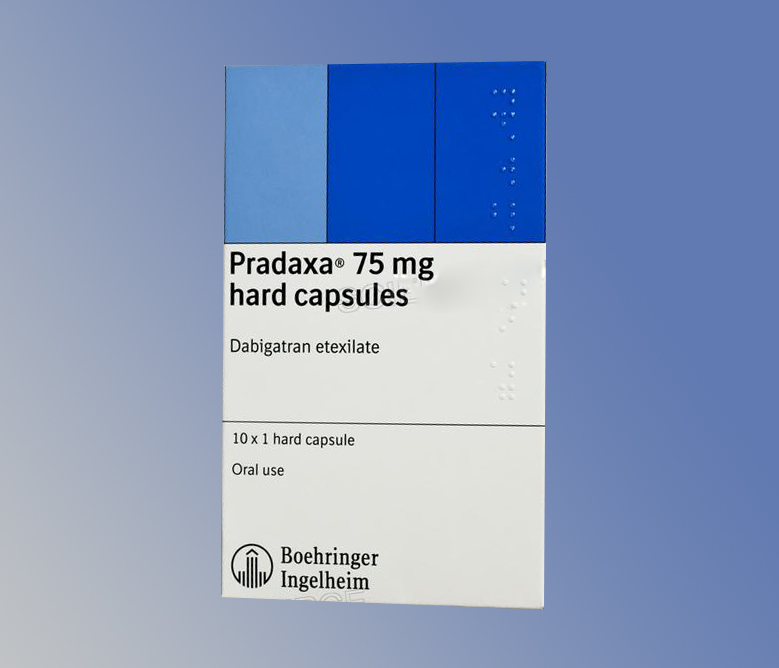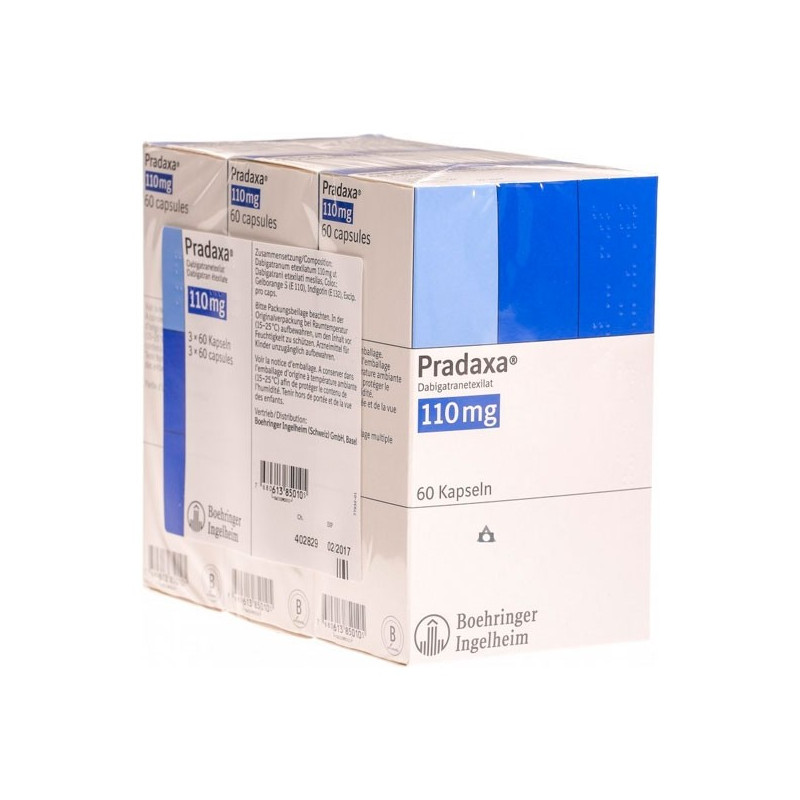

Warfarin (Coumadin) is the landmark agent for anticoagulation and prevention of thromboembolism 4. Treatment goals for thromboembolism disorders take account of stopping clot propagation and preventing the recurrence of a new thrombus. The presence and persistence of these risk factors can be used to predict the incidence and recurrence of thromboembolis 3. A wide variety of inherited, acquired or combinations of risk factors result in an increased incidence of thromboembolism. The increase in the thromboembolism disorders, including myocardial infarction, stroke, and deep vein thrombosis affects different sites of the body which leads to disability and death around the globe 1, 2. With further improvement of the assay and optimization, these aptamers would replace conventional antibodies for developing detection assays in the near future. 01 ng/ml level of detection of the target drug. The most sensitive aptamer sequence was selected and applied in an electrochemical biosensor to successfully achieve 0. We investigated the affinity and specificity of generated aptamers to the drug showing dissociation constants (K d) ranging from 46.8–208 nM. Following multiple rounds of selection and enrichment with a randomized 60-mer DNA library, specific DNA aptamers for dabigatran were selected. In this work, we performed Systematic evolution of ligands by exponential enrichment (SELEX) to select specific DNA aptamers against dabigatran etexilate. This is considered the most important obstacles of using this medication, particularly for patients with trauma, drug toxicity, in urgent need for surgical interventions or uncontrolled bleeding.

There is a lack of specific laboratory tests to determine the level of this drug in blood. However, anticoagulation therapy can be associated with an increased risk of bleeding. It provides safe and adequate anticoagulation for prevention and treatment of thrombus in several clinical settings.

Dabigatran Etexilate (PRADAXA) is a new oral anticoagulant increasingly used for a number of blood thrombosis conditions, prevention of strokes and systemic emboli among patients with atrial fibrillation.


 0 kommentar(er)
0 kommentar(er)
